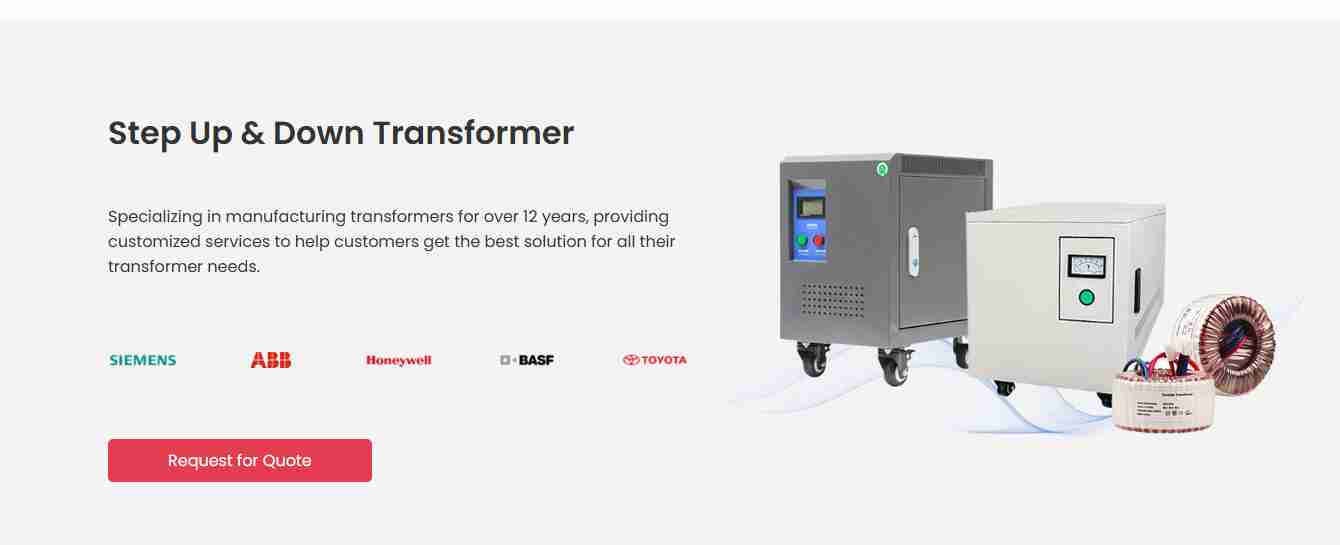

@Transformers
In the realm of electrical engineering and power distribution, isolation transformers play a crucial role in ensuring safety, efficiency, and reliability. These devices are designed to transfer electrical power from one circuit to another while providing electrical isolation between the two circuits. This isolation is essential for various applications, including protecting sensitive equipment from voltage spikes, reducing electromagnetic interference, and ensuring user safety in environments where electrical isolation is critical.
Isolation transformers work on the principle of electromagnetic induction. They consist of two or more coils of wire wrapped around a magnetic core. When an alternating current (AC) flows through the primary coil, it creates a varying magnetic field, which in turn induces a voltage in the secondary coil. This process allows power to be transferred between the primary and secondary circuits without a direct electrical connection, thereby providing the desired isolation.
One of the key benefits of isolation transformers is their ability to protect sensitive electronic equipment from voltage surges and electrical noise. In industrial settings, for instance, heavy machinery and large motors can generate significant electrical disturbances that could potentially damage delicate control systems and instrumentation. By using an isolation transformer, these disturbances can be effectively mitigated, ensuring the reliable operation of critical equipment.
In addition to their protective and safety functions, isolation transformers can also be used to step up or step down voltage levels. This is particularly useful in applications where the voltage requirements of the equipment differ from the available supply voltage. For instance, in some industrial processes, certain machines may require a higher voltage than what is provided by the standard electrical grid. An isolation transformer can be used to step up the voltage to the required level, ensuring that the equipment operates efficiently and safely.
When selecting an isolation transformer, several factors need to be considered. These include the power rating, voltage levels, frequency, and the specific application requirements. The power rating, expressed in watts or volt-amperes (VA), indicates the maximum amount of power that the transformer can handle. It is important to choose a transformer with a power rating that matches or exceeds the requirements of the equipment being powered.
The voltage levels of the primary and secondary coils are also critical. The primary voltage should match the available supply voltage, while the secondary voltage should meet the requirements of the equipment. Additionally, the frequency of the transformer should be compatible with the frequency of the power source and the equipment. Most isolation transformers are designed for standard 50Hz or 60Hz frequencies, but custom designs may be required for specialized applications.
Isolation transformers are essential components in modern electrical systems. They provide critical protection, safety, and flexibility in a wide range of applications, from industrial processes to medical equipment. By understanding the principles and applications of isolation transformers, users can ensure that their electrical systems operate efficiently and safely, meeting the demands of today’s complex and dynamic environments.






